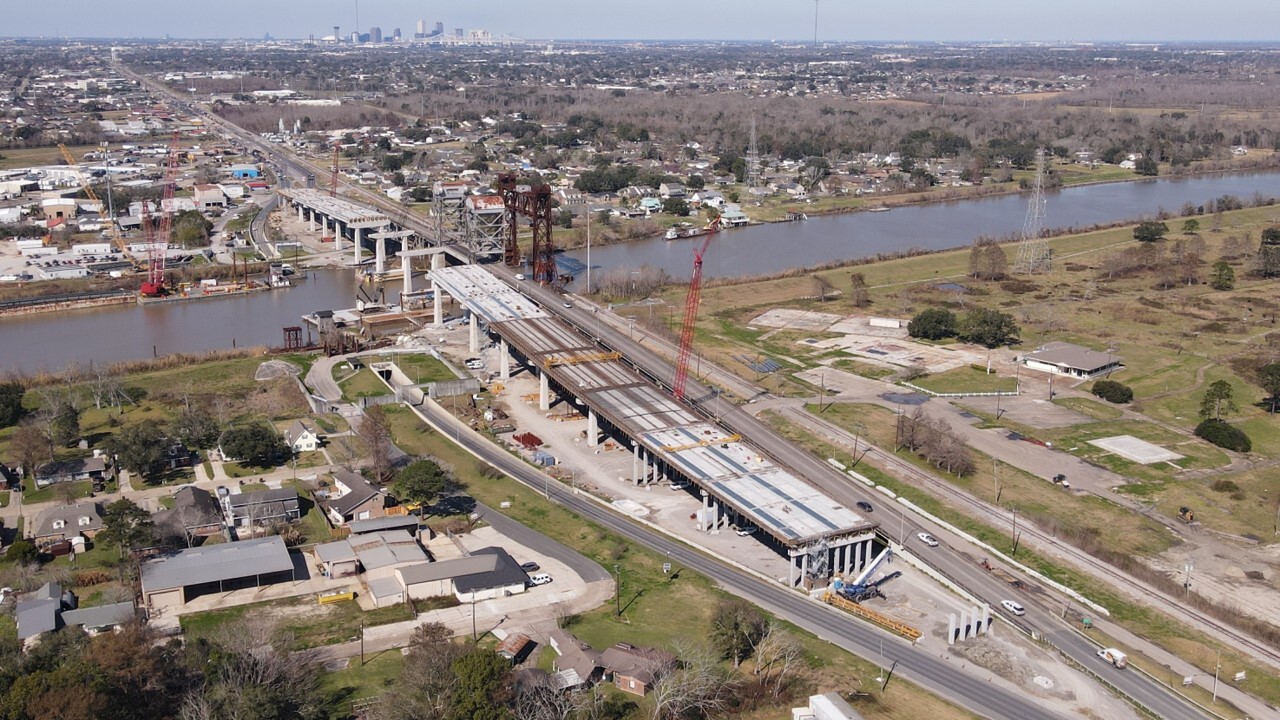The board of the San Diego Association of Governments voted July 29 to purchase the State Route 125 toll road lease for $345 million, contingent on the agency performing due diligence and after officials hold a public meeting.
The tollway was built by a private concessionaire that went bankrupt a little more than two years after it opened.
It has yet to be determined if bond financing will be part of the deal, said David Hicks, senior public information officer for SANDAG.
“There will be a public meeting of the board of directors held Aug. 26 during which they will discuss the financing and agreement,” Hicks said.
Opened in November 2007, the 10-mile toll road stretches from State Route 905 near the Otay Mesa Port of Entry at the Mexican border north through eastern Chula Vista to SR 54 near the Sweetwater Reservoir.
In April, SANDAG approached Southbay Expressway LLC, which owns the lease to the toll road, about purchasing the road, according to Greg Hulsizer, the expressway’s chief executive officer.
The road opened for business in late 2007 just as the economy began to sink and, after experiencing other challenges, the tollway filed for Chapter 11 bankruptcy on March 2010.
“We were hit by the perfect storm,” Hulsizer said. “We opened in 2007 just as the economy was starting to go bad. The new housing market in Chula Vista dried up, unemployment rose to 14% in the area where our customers live, and border crossings decreased by 30%.”
And if that was not enough, the tollway ended up in litigation with its contractor, according to Hulsizer. With that final straw, the decision was made to file for Chapter 11 to reorganize, he said.
The tollway had emerged from bankruptcy when the San Diego agency approached it about purchasing the toll road lease. After several months of negotiations, SANDAG announced last Friday that it had accepted the tollway operator’s counteroffer, Hulsizer said.
“We agreed to the sale price, but the deal is still subject to SANDAG doing due diligence,” Hulsizer said. “In the meantime, we plan to continue to focus on serving our customers.”
The expressway, originally conceived as a pilot for public-private partnerships in California, cost $635 million, the Federal Highway Administration said.
No one involved in the venture emerged unscathed. The federal government, one of the senior creditors through a Transportation Infrastructure Finance and Innovation Act loan, lost 42% of its investment, along with other creditors, and received equity in the tollway operator as part of the bankruptcy.
Australia’s Macquarie Infrastructure Group, which had a 50% interest in the toll road, wrote it down to zero in June 2009. The original equity investors were wiped out in the bankruptcy.





